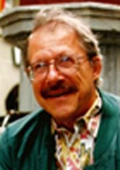Short biography of Johann Heinrich Pestalozzi
(1746-1827)
On this page a short biographie of Johann Heinrich Pestalozzi can be found. If you want more information, you have to click on the detailed points of the biographie which is subdivided in six chapters: Childhood and youth in Zurich, Neuhofyears, Stans, Burgdorf and Münchenbuchsee, Yverdon and last days in his life.
Childhood and Youth in Zurich (1746 - 1768)
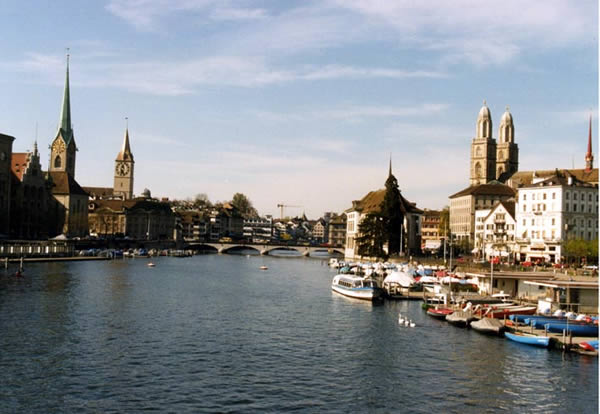
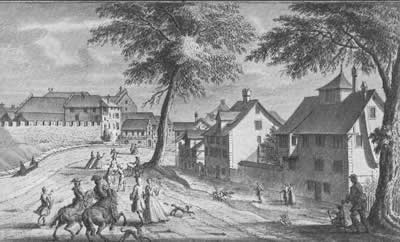
On january 12th 1746 Johann Heinrich Pestalozzi is born in Zurich. After the early death of his father and some siblings his mother and a faithfull maid care for him with anxiety. When Pestalozzi as a young and intelligent citizen visits all schools which he could afford, he gets in contact with many famous persons of reconnaissance in switzerland. In the groupe of "patriots" with Johann Jakob Bodmer, Pestalozzi learns all about ideas of old and new philosophers, especialy the ideas and work of Jean Jacques Rousseau. In first writings ( „Agis“ and „Wünsche“) Pestalozzi looks critically at the ruler’s autocratic kind of government. Quitting his theological and juridical studies he starts an agro economical apprenticeship to live as a farmer or an agricultural enterpreneur. In 1767 he meets Anna Schultheß and falls in love with the 8 years older woman, which he marries against the hard resistance on the part of Anna’s parents.
Full length text
Neuhofyears (1769 - 1798)
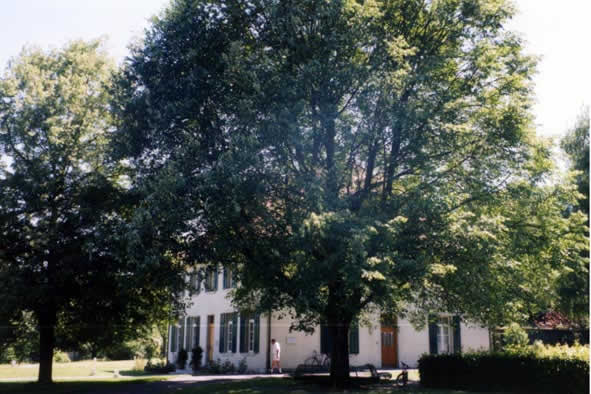
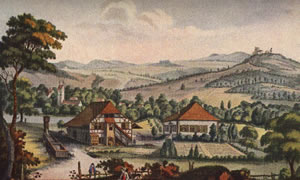
In the small Argau’s village Birr, 25 km afar from Zurich, Pestalozzi buys approximately 20 ha of fallow meadows and arable land where he builds his “Neuhof “. But the agricultural operations fail as well as the switchover to cattle breeding and experiments with Cotton processing in homework.
After that Pestalozzi tries to build up an institute against poverty but this project also fails and the debts can only be repaid by selling land and by donations from Anna’s relations. So the Neuhof project ends up in a fiasco in 1780. Only the secretary of the city of Bern, Isaak Iselin, still believes in Pestalozzi and encourages him to become an author. So the years from 1780 to 1798 become the years of his literary success. In this time Pestalozzi writes among other things “Abendstunde eines Einsiedlers”, four parts of “Lienhard und Gertrud”, “Über Gesetzgebung und Kindermord”, Nachforschungen”, „Fabeln“ and the political writings which deal with the revolution in France and the conditions in Switzerland. All writings from these years can be understood as an attempt of political action and intervention.
Full length text
Stans (1798 - 1799)
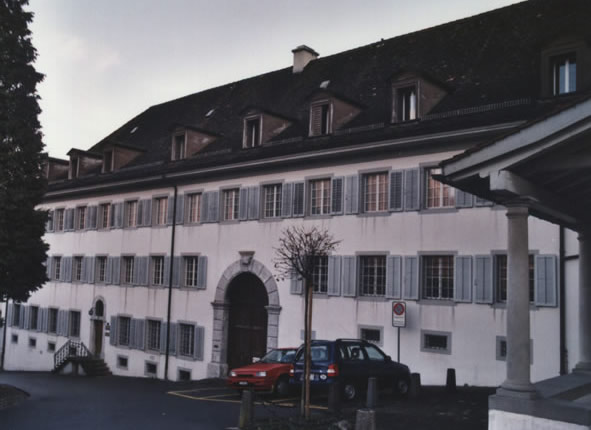

As soon as the old Swiss confederation crumbles after the French troop’s invasion in March 1798 Pestalozzi puts himself into service for the new government and believes now in being able to realise after all his plans for national education.
Pestalozzi is entrusted with the leadership of an institute for orphanaged children in Stans, which he has to liquidate already after half a year in favour for a hospital. The physically and mentally shaken Pestalozzi writes about his experiences and his reflections in “Brief an einen Freund über meinen Aufenthalt in Stans” which is to a large extend accepted as Pestalozzi’s most important pedagogical text and is printed, read and quoted again and again.
Full length text
Burgdorf and Münchenbuchsee (1800 - 1804/05)
The stay in Stans leads to the decisive change in Pestalozzi’s life. From now on he wants to become a teacher and soon he gets this possibility in Burgdorf. A short time afterwards he is able to realise his idea of an approved school connected with an institute for in-service training of teachers. He gains the support of the helvetic government, is able to engage several competent colleagues and wants to develop his new kind of giving lessons. The fundamental writing for that “Wie Gertrud ihre Kinder lehrt” makes Pestalozzi famous as a great educator and renewer of the “Volksschule” and his visitors come from all over Europe to Burgdorf. As soon as the “Mediationsverfassung” (a new constitution) rebuilds the old structures of the old Swiss confederation in 1803, Bern claims the castle of Burgdorf as an office for the “Oberamtsmann” (a high level civil servant) of Bern and Pestalozzi has to leave the castle. After a temporary stay in a monastery building in Münchenbuchsee Pestalozzi starts in the second half of the year 1804 the reconstruction of his institute, this time in Yverdon at the southern end of the Lake of Neuenburg in the French speaking part of Switzerland in the new developed Kanton Vaud (Waadt).
Full length text
Yverdon (1804 - 1825)
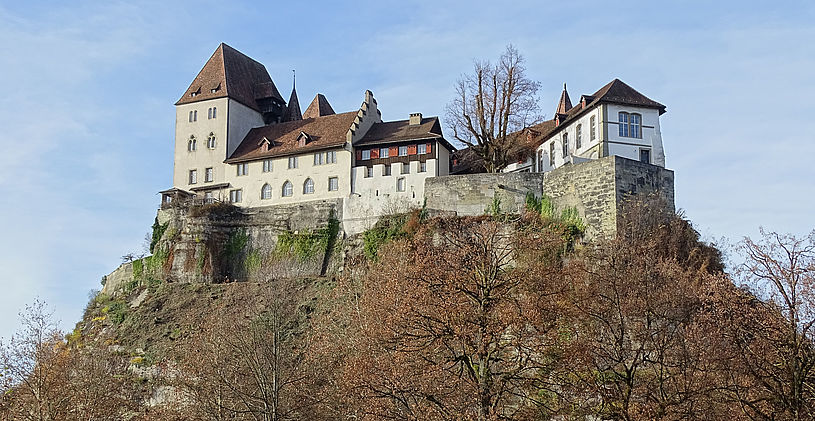
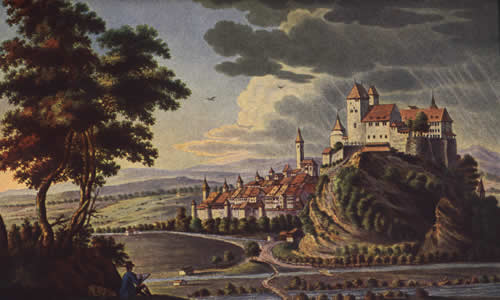
Pestalozzi’s institute in Yverdon quickly gets famous and his pedagogical impulse dwells on all over Europe but above all on Germany and especially on Prussia. Numerous visitors come to Yverdon to visit the institute. The actual hey-day were the few years from 1807 till 1809, perhaps the years till 1815. Economical difficulties and bitter arguments lasting for years between the employees finally ruin the institute, which Pestalozzi is forced to close down in 1825. During the years in Yverdon Pestalozzi writes the third version of “Lienhard und Gertrud”, the political script “An die Unschuld”, numerous writings in cooperation with his colleagues but above all the “Rede an mein Haus”, especially the impressing speech at his 72nd birthday but also the so called ‘Lenzburger Rede’ “Über die Idee der Elementarbildung”, which Pestalozzi makes in 1807 as the president of the “Gesellschaft der schweizer Erziehungsfreunde” (society of Swiss friends of education). In the years after 1817 the Cotta- publishing house publishes the edition of Pestalozzi’s entire writings in 15 volumes that secures at last a high income.
Full length text
Last days in his live (1825 - 1827)

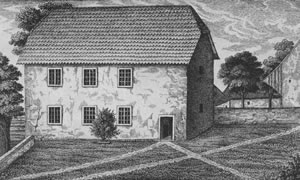
After the breakdown of the institute in Yverdon Pestalozzi moves back to his Neuhof and wants to establish an institute against poverty once again but before the completion Pestalozzi dies on February 17th in 1827 in Brugg and is buried in Birr near his Neuhof next to the wall of the school building. At his Neuhof Pestalozzi writes his last great work of literature, the “Schwanengesang”, which consists essentially of an autobiographical part and an extensive description of his educational science.
Full length text
